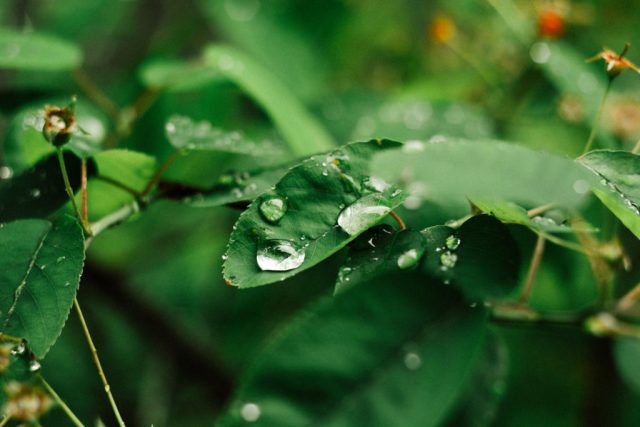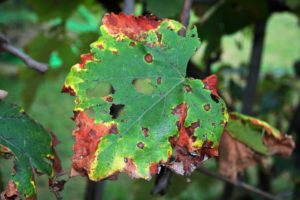
Our run of sunny days hitting 90 degrees and higher plus rainy evenings has created an explosion of insects in our gardens and landscapes. Many gardeners along the Front Range and higher elevations are seeing tell-tale signs of three major pests that are busy chomping on their plants.
Here’s a heads-up on what to look for and what you can do if you find your plants are on the hit list.
Pest #1 – Aphids
Aphids are showing up on mixed lettuce greens. Radishes, broccoli and kale can also be infected. If you have marigolds and lemon thyme planted in your edibles garden, that can help deter this messy pest.
If you have roses of any kind, you’re probably also seeing aphids on buds, tender new growth and even stems. Be aware that aphids multiply by live birth and are clones of their mothers. Their numbers can explode in one day.
The best control for aphids is also the easiest: a quart spray bottle filled with tepid water and 1 tablespoon of dish detergent. Use the solution to spray plants. Simple soap and water is a quick and easy fix. Releasing lady bugs – available at local garden centers – can also help deal with aphids.

Pests #2 & #3 – Tobacco bud worm and Japanese beetle
Both of these insects can devastate garden plants and do so quickly. In a matter of days, you can lose all the flowers on geraniums and petunias to tobacco bud worm – and the loss is usually worse when plants are in the ground than in hanging baskets. Similarly, Japanese beetle will “skeletonize” leaves of a variety of plants. After their chomping, all that remains is a filigree of the leaf as all the soft green tissue has been chewed away.
Tobacco Bud Worm is a field crop pest that has jumped ship to both vegetables and annual flowers. Petunias and geraniums are some of their favorite fare followed by nicotiana, snapdragons and surprisingly, marigolds.
Telltale signs are “shot-holes” in geranium buds that look like holes about the size the tine of a fork would make. On petunias, you will see the worm’s black droppings on the flowers. Activity from the tobacco bud worm can stop blooming almost overnight. Within a matter of a few days, you can lose all the blooms on flowering plants.
Tobacco bud worm is hard to control as the worm stays down in the soil during the day and only comes out to feed at late dusk and possibly, early morning. Products available at local garden centers can control this pest. Another easy treatment is to sprinkle cigarette tobacco on top of the soil and then water it in to control the worm down in the soil.
Japanese beetles are most often found near areas that are heavily watered such as on properties near golf courses or a water source such as a small creek. These pests love roses, both the flowers and leaves. Their other menu favorites include Virginia creeper and grape leaves. As noted, skeletonized leaves are the tell-tale sign they are active.
Many controls are available from garden centers: both soaps and other treatments. Some of these products should not be applied to edibles, so read labels and follow the instructions.
You can also use home-made soap solution to treat the beetles. They are large and visible and can be picked off the plants in early morning and dropped into a bucket of soapy water. You can also spray the beetles with the soap spray solution.
Courtesy of ALCC Landscape Partners
